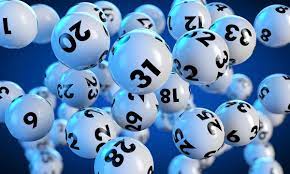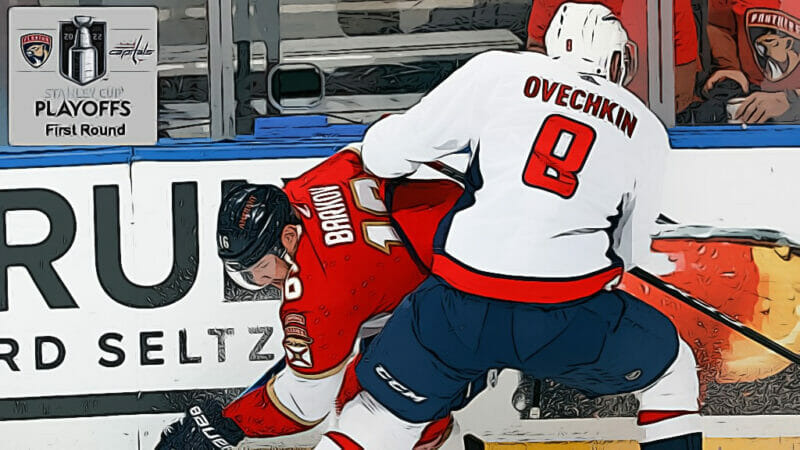
The Stanley Cup is probably the most famous trophy in sports. It provides a tangible reward to the winner of the National Hockey League’s championship playoff series, something that is needed since there are no playoffs in baseball and football. Yet, despite its age (the cup was first awarded in 1893), the Stanley Cup still enjoys an aura about it. In many ways, hockey as a sport is as much about the mystique of this trophy as it is about the players who compete for it.
Being contested from year to year by teams representing some of North America’s largest cities makes some people think that perhaps there should be more to a championship than just winning a best-of-seven series. In fact, it has been suggested that the Stanley Cup winner should automatically be seeded into a conference final of sorts where they would compete against other conference winners for the right to represent their conference in the league championship.
Origins of the Stanley Cup
The Stanley Cup was the brainchild of one Lord Stanley, a Governor General of Canada. When he first donated the trophy to signify his favourite sport’s championship in 1893, he never imagined that 100 years later it would still be awarded and hotly contested by hockey teams from across North America. At the time, no professional league existed so the cup was competed for by amateur teams.
By 1914, the National Hockey Association (forerunner of the NHL) had begun to attract professional players and Stanley decided that his trophy should be competed for by only bona fide pro teams. From 1914 until 1926, the Cup went through a lot of changes with respect to both who played for it and how it was competed for. From 1914 to 1918, the Stanley Cup went through a transformation from a challenge cup with no set format in which any pro team could compete, to being governed by an agreement among senior-level Canadian hockey clubs known as the National Hockey Association of Canada (NHA).
The Cup’s Early Years
In 1910, the NHA officially declared that three trustees would have full control of the Stanley Cup. The following year, they decided that although the trophy could be won outright by a Canadian team in a challenge format, it would not be defended in a challenge unless it was held by another NHA team at that time. However, after some teams quit the NHA, this agreement was abandoned and the Stanley Cup became the “de facto” championship trophy of ice hockey by 1914. The cup remained that way until 1926 when the NHL was formed.
The New Format
Beginning in 1927, NHL teams played for the Stanley Cup under a new system that involved three leagues: the Western Hockey League, the Pacific Coast Hockey Association and the NHL itself. The teams were organized into two divisions within one league, with the winner of each division playing off for the right to compete for the Stanley Cup. The format was used from 1927-28 through 1938-39 and then abandoned because it proved unpopular among fans and difficult to maintain financially.
how many teams have won back to back stanley cups
How many teams have won back to back Stanley Cups? this is one of the most popular queries on search engines. I decided to look for it and get some results out there so here are the Stanley Cup winners who have won back to back Stanley Cups.
1.Detroit Red wings have won back to back Stanley cups 4 times, in 1997-1998 (A), 1998-1999 (C), 2002-2003 (C) and 2008-2009 (C)
2.New York Islanders have won back to back Stanley cups 3 times, in 1980-1981 (E), 1981 -1982 (E), and 1982-1983 (E)
3.Montreal Canadiens have won back to back Stanley cups twice, in 1976-1977 (H) and 1977-1978 (H)
4.Pittsburgh Penguins have won back to back Stanley cups in 1991 -1992 (P) and 1992-1993 (P).












